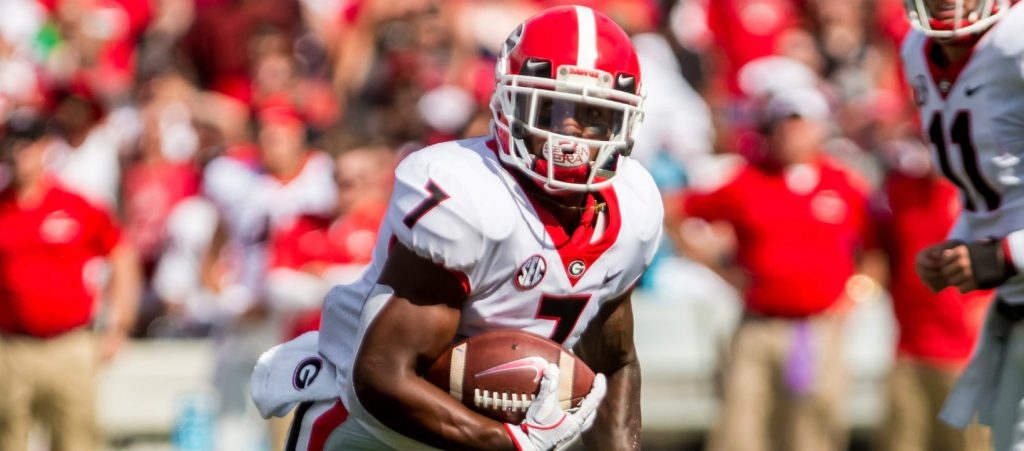- Fantasy Football Research Survivor Playoff Challenge Predict The Pick. My Leagues Sign In. Fantasy Football Research Survivor Playoff Challenge Predict The Pick NFL.com.
- Get instant advice for all of your Who Should I Start? View recommendations from 100+ experts side by side.
- Fantasy football is very easy play and the variety of systems and sites provide everything you need to get started. First thing to do is to find a league. If this is your first league, I suggest joining a random public league rather then joining your friends in a league and being the but of all jokes.
- Choose the appropriate link below and you will be on your way to prepping for your draft and playing NFL.com Fantasy Football. Create and customize your own league Join a league Create an.
So you’ve decided to start playing fantasy football this year. Congratulations!
You’re in for a roller coaster ride like you’ve never had (aside from real roller coaster rides). The highs of thinking you’re winning your matchup after the 1 p.m. games, only to have your heart broken by one point after Monday Night Football. The lows of losing your first-round pick to injury, only to unearth a star from the waiver wire.

Many fantasy football leagues have money at stake. So when starting your league, you will need to decide if you want to play for a prize or just play for fun. If you decide to play for cash, you absolutely 110% need to get the money up front. If you don’t, it won’t happen.
Wait. We’re getting ahead of ourselves here. First you need to know the basics, and that’s what we’re here for. We’ll break it down piece by piece and hopefully not get too jargon-y.
The rules
It’s surprisingly simple: You draft a roster of real-life NFL players on to your team. Those players accrue the stats that they get in games, and each week, you’ll matchup in a one-on-one contest against another owner’s team in your league. The team with the most points at the end of the week’s slate of NFL games wins. The teams with the best records move on to a playoff format in most leagues. The winner of a playoff bracket wins the league.
How does a draft work?
A draft order is chosen — randomly, in many leagues. Each team takes its turn to pick an available player to fill up its roster. In many cases, a “snake draft” style is used — teams pick first to last, and then the order is reversed, with teams last to first choosing in that order. There are also “auction” drafts in which teams get a budget and bid against each other for players.
Are there strategies for drafting?
Yes! Don’t take a kicker until the last round, they’re pretty much all the same from a scoring perspective. Don’t take a defense until the next to last round (some people take them earlier, and they’re wrong). Make sure to stock up on running backs because they tend to get injured a lot. I try not to draft quarterbacks too high.

Wait, what does a roster look like?
You’ll hear me say this a lot throughout this post, but some of that depends on the league settings. A “standard” setting might look like this:
1 Quarterback
2 Wide receivers
2 Running backs
1 Tight end
1 “Flex” position (the ability to use a wide receiver, running back or, sometimes, tight end)
1 Kicker
1 Defense/Special Teams

How To Do Fantasy Football
5 Bench spots
Each week, ONLY the players not on the bench accrue points, so there are strategies about who to start and who to keep benched.
What’s not standard in a lineup?
Some leagues allow you to draft and earn points for individual defensive players like J.J. Watt and Khalil Mack. Others have more flex spots or wide receiver spots. It varies. There are also leagues in which you can draft players and then keep a number of them when you draft the next year, called “keeper” or “dynasty” leagues.
How do players score points?
Again, it depends on the league settings, but points are scored according to those real-life statistics. Points are earned for passing, rushing and receiving yards, touchdowns, two-point conversions, field goals made, and a variety of defensive statistics for those defense/special teams, including sacks, interceptions, fumble recoveries, touchdowns, safeties, kicks blocked and points allowed. You lose points for offensive players who fumble or get intercepted.
There are leagues with different scoring settings like one point per every reception a player makes.
What happens if a player gets injured or is just plain terrible?
Good question! Each week, after games are over, you are allowed to pick up players who weren’t chosen in your draft or who have been dropped by other teams. You are also allowed to make trades with your fellow owners.
Fantasy Football How To Begin
Is that all I need to know?
Pretty much!